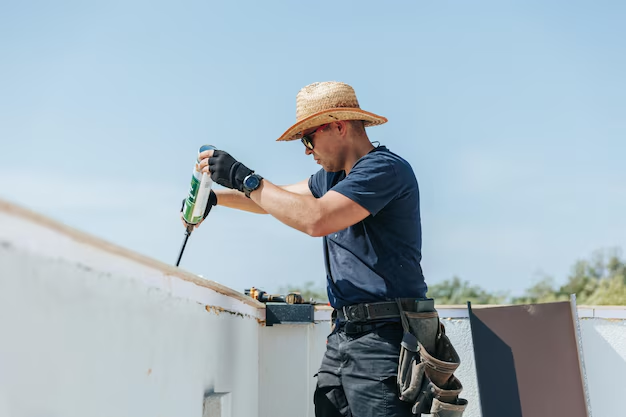Need Roof Replacement? Here's What Home Insurance Might Cover
When a storm leaves your roof in tatters or years of wear finally catch up, you might find yourself asking: Does home insurance cover roof replacement? The answer isn’t always straightforward, but understanding the basic guidelines can help you navigate the insurance landscape more confidently.
Understanding Home Insurance and Roof Coverage
Homeowners insurance generally provides coverage for sudden and accidental damage, which often includes certain types of roof damage. However, coverage specifics depend largely on the cause of the damage and your particular insurance policy details.
What Typically Gets Covered?
- Storm Damage: If a tree falls on your roof during a storm, or high winds cause shingles to peel away, this is typically covered.
- Fire Damage: Fires are usually covered events, making replacement necessary under these circumstances.
- Hail Damage: Many policies include hail damage, given it’s a common issue in various regions.
What Isn’t Typically Covered?
- Wear and Tear: Age-related issues or general deterioration due to the roof’s age usually aren’t covered.
- Neglect: If damage is a result of poor maintenance, claims might be denied.
Filing a Claim for Roof Replacement
To start, document all damage thoroughly with photos and verbal descriptions. Then, contact your insurance company or agent as soon as possible to report the damage. An adjuster typically visits your home to assess the situation.
Key Points for Filing a Claim:
- Be Timely: Most policies have a timeframe within which you must file your claim.
- Know Your Policy: Familiarize yourself with your policy’s stipulations on roof coverage and exclusions.
- Estimate Costs: Obtain estimates from licensed contractors to understand the potential replacement costs.
Exploring Financial Help Options
Even with insurance coverage, there might be out-of-pocket expenses. Here’s where other financial assistance and solutions might come in handy.
Government Aid Programs: Grants from Federal Emergency Management Agency (FEMA) might be available post a declared disaster.
Financial Assistance Options:
- HUD Programs: The U.S. Department of Housing and Urban Development offers programs to help low-income homeowners with repairs.
- State Grants: Many states have grants or low-interest loans for home repairs.
Beyond Insurance: Other Financial Resources
Besides typical insurance claims, there are various financial avenues to alleviate your financial burden:
- Personal Loans: Consider taking a personal loan to cover repair costs.
- Home Equity Lines of Credit: Utilize home equity as a cash source for necessary repairs.
- Credit Card Solutions: Some credit cards offer 0% interest introductory periods, providing short-term financial relief.
Finally, don’t overlook educational opportunities that can broaden your financial understanding and prepare you for future needs, perhaps through online financial literacy courses or workshops offered by non-profits.
Quick Reference Guide for Financial Assistance 📊
- 🏡 FEMA Assistance: For natural disaster recovery
- 🚀 HUD Emergency Grants: For essential home repairs
- 💳 Credit Card Solutions: Leverage 0% introductory offers
- 💰 State Funded Grants: Check for local home repair grants
- 📚 Online Financial Literacy: Learn budgeting, saving, and investment skills
Arming yourself with the right knowledge can transform what seems like a daunting home repair into a manageable project. By understanding your insurance policy and exploring additional financial resources, you can secure your home’s integrity without dismantling your finances.
